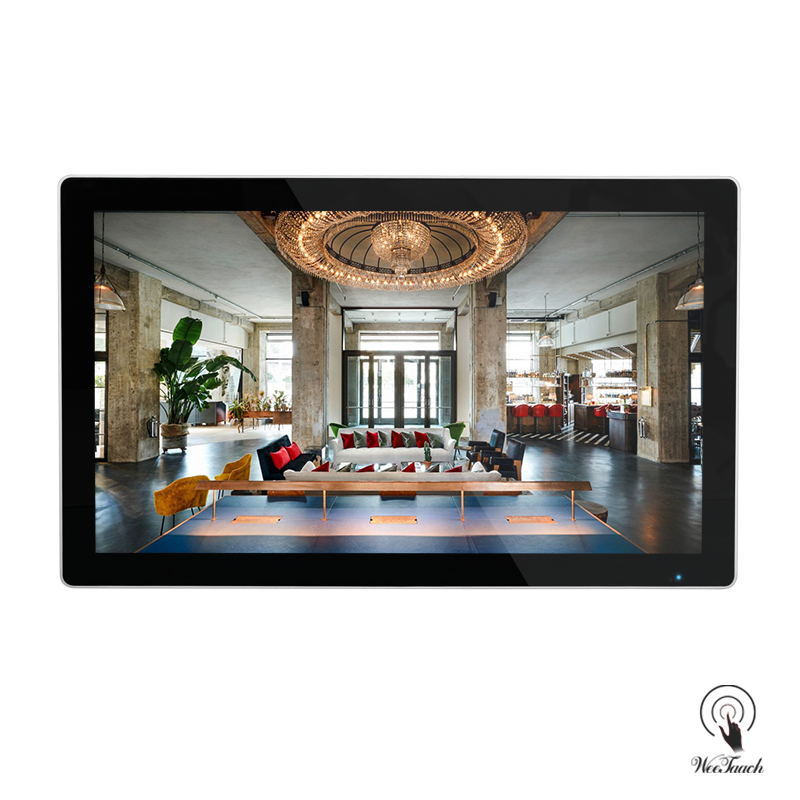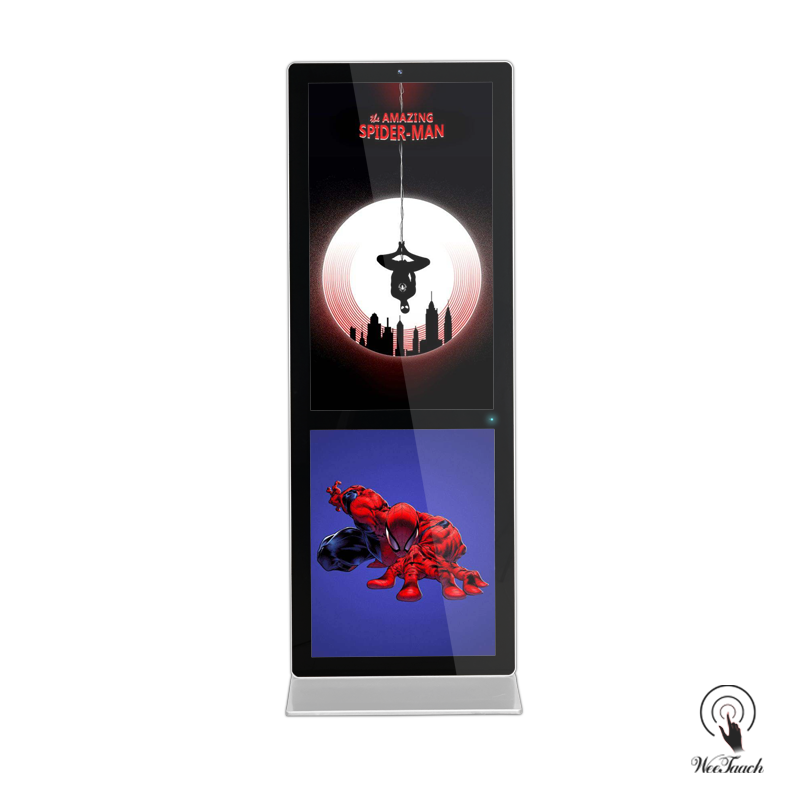Pre-press proofing types and advantages and disadvantages
Sample proofs are the weight basis of the quality control of the printed matter and the tools for communication and communication with the customer. Its role is mainly reflected in the following two aspects.
First, proofs can help users check the various information contained in the document for timely modification such as fonts, images, colors, and page settings. Color is the most difficult to control in proofing, because different substrates, inks, and dot gains can cause changes in proof color.
Second, proofs can be used as contracts between customers and printers. The same sheet should accurately provide the color consistent with the final printed product, and the same sheet is best printed out shortly before printing so as to avoid discoloration and distortion of the proof sheet due to a longer storage time.
Proofing is the link between prepress production and printing, allowing users to anticipate the final print results before printing. At present, the proofing methods commonly used in the gravure printing industry include soft proofing, traditional proofing and digital proofing.
First, soft proofing
Soft proofing is implemented on a color display and is undoubtedly the most convenient, fastest, and cheapest method of proofing. It requires a color monitor with high accuracy and must be correctly calibrated. The obvious disadvantages of the soft proofing method are: low resolution, only 72 dpi; the accuracy of the color depends on the performance and calibration of the display; it can not provide a reference to the hard copy of the printing process.
Second, traditional proofing
There are two kinds of traditional gravure proofing methods commonly used, one is gravure proofing, and the proofs obtained are accurate in color and high in reference. However, this proofing method requires grinding, electric carving, electroplating, and other processes to process the precision of the plate cylinder. The requirements are high, the cost of electroplating is high, and the process is complicated. Therefore, the production cost of this kind of proofing method is high and the cycle is relatively long, at least one day.
Another method is offset proofing, which requires the output of the film and the printing plate, and then complete the proofing on the offset proofing machine. Although this method can reduce a part of the production cost, due to the difference between the offset printing and the gravure printing process, there are great differences in the proofing effect. The actual density is insufficient and the color levels are equal.
The advantages of traditional proofing mainly include the following points.
1, proofing and printing plate production process is closer.
2. The same rasterization data is used for proofing and printing. Potential problems such as moire, typography, and fonts can be identified through proofing.
3, In the spot color and metal color proofing, trapping and ink opacity performance is good.
The disadvantages of traditional proofing are the following:
1, high technical content, the need for professional and technical personnel to obtain accurate proofs, and labor intensity.
2, need a higher investment.
3, involves many processes, higher costs and longer processing cycles.
Third, digital proofing
Digital proofing technology is completely digital controlled, changing the previous complex print production process, while reducing costs. And the stability of the quality of platemaking and printing has increased dramatically. In gravure printing, a process that does not require film, digital proofing is a more suitable proofing method.
Digital proofing technology is already very mature and fully meets the needs of gravure platemaking. The design elements in the gravure plate are mostly graphics, images, and spot colors, which are mainly due to the fact that the colors represented by the spot colors are more uniform, brighter, and more stable than the multicolor overprints. The use of spot colors in the inverted white graphics or text section can reduce registration difficulty. Therefore, to evaluate the pros and cons of gravure digital proofing, it is the key to verify the accuracy of the proofing system's restoration of spot colors. Digital proofing technology not only satisfies general four-color proofing, but also improves the ability to support spot colors. For example, a professional digital proofing system can be used for spot color overprinting and trapping, spot color transparency control, and specialization. Problems often encountered in gravure transitions and other gravure printing processes provide a good solution.
The advantages of digital proofing include the following:
1, no need to output film or make plate cylinder, while reducing the production cycle, but also reduce costs.
2, proofs based on inkjet technology are usually more stable.
3, digital proofing is an important part of digital printing, its unique stability can provide standards for the entire printing process, providing a strong guarantee for the improvement of printing quality.
The disadvantages of digital proofing are the following:
1, some digital proofing system can not ensure the integrity of the document data.
2. The digital proofing system with the function of processing the halftone needs a higher cost.
3, spot colors and metallic colors cannot be accurately reproduced, a specific system must be used.
Undoubtedly, with the continuous development and improvement of color management technology, digital proofing will show greater advantages in the printing process, and occupy a dominant position.
Sample proofs are the weight basis of the quality control of the printed matter and the tools for communication and communication with the customer. Its role is mainly reflected in the following two aspects.
First, proofs can help users check the various information contained in the document for timely modification such as fonts, images, colors, and page settings. Color is the most difficult to control in proofing, because different substrates, inks, and dot gains can cause changes in proof color.
Second, proofs can be used as contracts between customers and printers. The same sheet should accurately provide the color consistent with the final printed product, and the same sheet is best printed out shortly before printing so as to avoid discoloration and distortion of the proof sheet due to a longer storage time.
Proofing is the link between prepress production and printing, allowing users to anticipate the final print results before printing. At present, the proofing methods commonly used in the gravure printing industry include soft proofing, traditional proofing and digital proofing.
First, soft proofing
Soft proofing is implemented on a color display and is undoubtedly the most convenient, fastest, and cheapest method of proofing. It requires a color monitor with high accuracy and must be correctly calibrated. The obvious disadvantages of the soft proofing method are: low resolution, only 72 dpi; the accuracy of the color depends on the performance and calibration of the display; it can not provide a reference to the hard copy of the printing process.
Second, traditional proofing
There are two kinds of traditional gravure proofing methods commonly used, one is gravure proofing, and the proofs obtained are accurate in color and high in reference. However, this proofing method requires grinding, electric carving, electroplating, and other processes to process the precision of the plate cylinder. The requirements are high, the cost of electroplating is high, and the process is complicated. Therefore, the production cost of this kind of proofing method is high and the cycle is relatively long, at least one day.
Another method is offset proofing, which requires the output of the film and the printing plate, and then complete the proofing on the offset proofing machine. Although this method can reduce a part of the production cost, due to the difference between the offset printing and the gravure printing process, there are great differences in the proofing effect. The actual density is insufficient and the color levels are equal.
The advantages of traditional proofing mainly include the following points.
1, proofing and printing plate production process is closer.
2. The same rasterization data is used for proofing and printing. Potential problems such as moire, typography, and fonts can be identified through proofing.
3, In the spot color and metal color proofing, trapping and ink opacity performance is good.
The disadvantages of traditional proofing are the following:
1, high technical content, the need for professional and technical personnel to obtain accurate proofs, and labor intensity.
2, need a higher investment.
3, involves many processes, higher costs and longer processing cycles.
Third, digital proofing
Digital proofing technology is completely digital controlled, changing the previous complex print production process, while reducing costs. And the stability of the quality of platemaking and printing has increased dramatically. In gravure printing, a process that does not require film, digital proofing is a more suitable proofing method.
Digital proofing technology is already very mature and fully meets the needs of gravure platemaking. The design elements in the gravure plate are mostly graphics, images, and spot colors, which are mainly due to the fact that the colors represented by the spot colors are more uniform, brighter, and more stable than the multicolor overprints. The use of spot colors in the inverted white graphics or text section can reduce registration difficulty. Therefore, to evaluate the pros and cons of gravure digital proofing, it is the key to verify the accuracy of the proofing system's restoration of spot colors. Digital proofing technology not only satisfies general four-color proofing, but also improves the ability to support spot colors. For example, a professional digital proofing system can be used for spot color overprinting and trapping, spot color transparency control, and specialization. Problems often encountered in gravure transitions and other gravure printing processes provide a good solution.
The advantages of digital proofing include the following:
1, no need to output film or make plate cylinder, while reducing the production cycle, but also reduce costs.
2, proofs based on inkjet technology are usually more stable.
3, digital proofing is an important part of digital printing, its unique stability can provide standards for the entire printing process, providing a strong guarantee for the improvement of printing quality.
The disadvantages of digital proofing are the following:
1, some digital proofing system can not ensure the integrity of the document data.
2. The digital proofing system with the function of processing the halftone needs a higher cost.
3, spot colors and metallic colors cannot be accurately reproduced, a specific system must be used.
Undoubtedly, with the continuous development and improvement of color management technology, digital proofing will show greater advantages in the printing process, and occupy a dominant position.
WeeTaach Digital Signage covers a wide series of such as 32, 43, 49, 55, 58 and 65 inches, portrait or landscape, Android or Windows OS. We are happy to accept OEM productions on basis of quantitative orders.
â… . Illustration:


â…¡. Main Features:
- Excellent cost/performance device
- Fashion design, user-friendly UI
- Local and Network service & maintenance
- Easy Ads timing & content control
- Playback of A/V programs, Office files, etc.
- Unified management through server/control center
- Ethernet, WIFI & mobile network services (Android)
- Android OS/Win
â…¢. Specification
- Type: Freestand/Wall-mount
- Color: White, Black, or customized
- Screen: First class LED backlighted
- Screen Proof: 4mm-thick tempered glass
- Screen size: 32 to 65 inches
- Touch Mode: IR or Capacitive (Optional)
- Main Interfaces: 2*USB2.0, SD or TF slot,1*MSATA, 1*RJ45
- Speaker: Embedded 2x10W, stereo
- Definition: 1080x1920
- Brightness: 350cd/m²
- Static Contract: 1200:1
- Visual Angle: 178 degrees (V/H)
- Display Scale: 9:16/16:9
- Power Supply: AC100-240V, 50/60Hz
- Working Condition: 0 to 50 degree C/ 10% to 90% RH
- Storage Condition: -20 to 60 degree C/ 10% to 90% RH
Note: The technical specifications herein are for reference only. We remain the rights to upgrade without prior notice.
Digital Signage
Digital Signage,Digital Signage Screen,Interactive Digital Signage,Touch Screen Digital Signage
Guangzhou Ruixin Touch Control Technology Co., Ltd. , https://www.weetaach.com